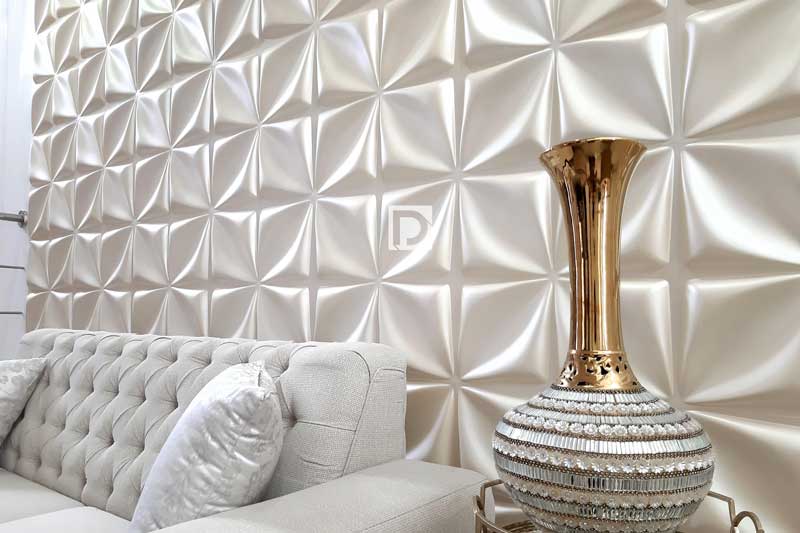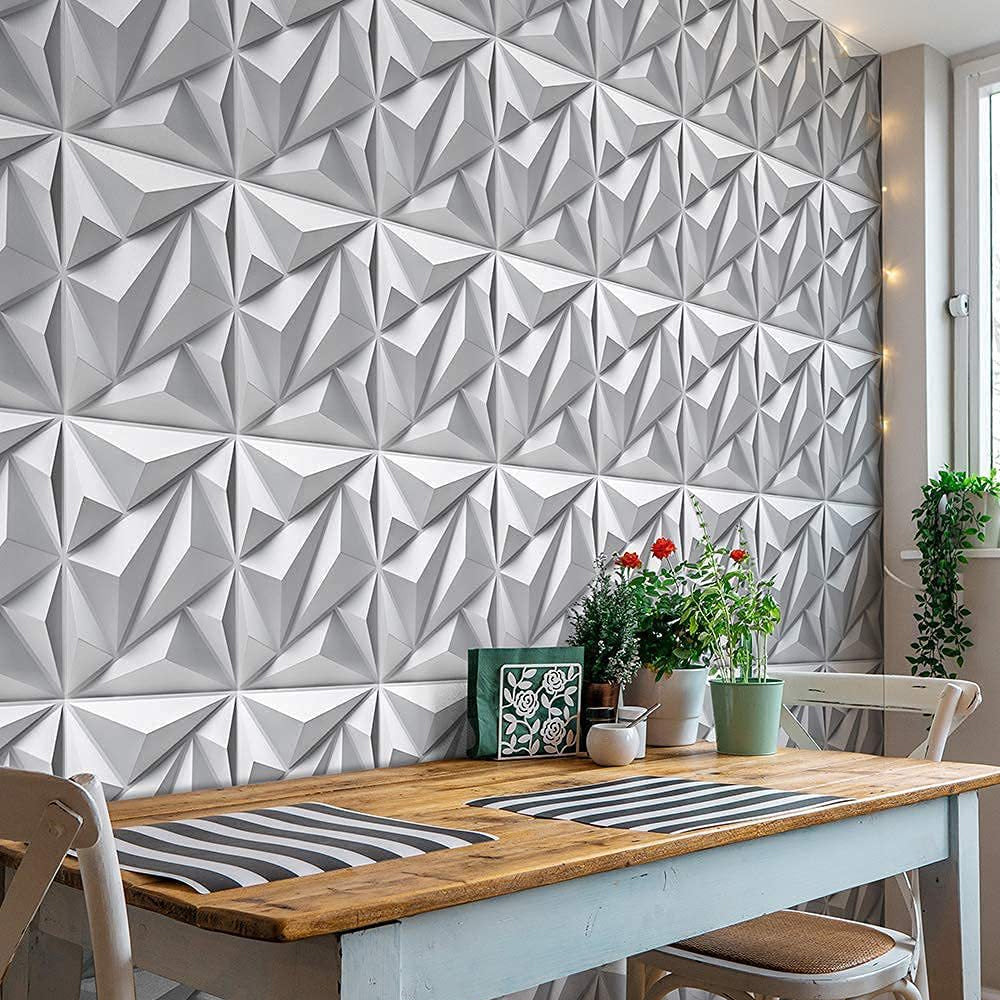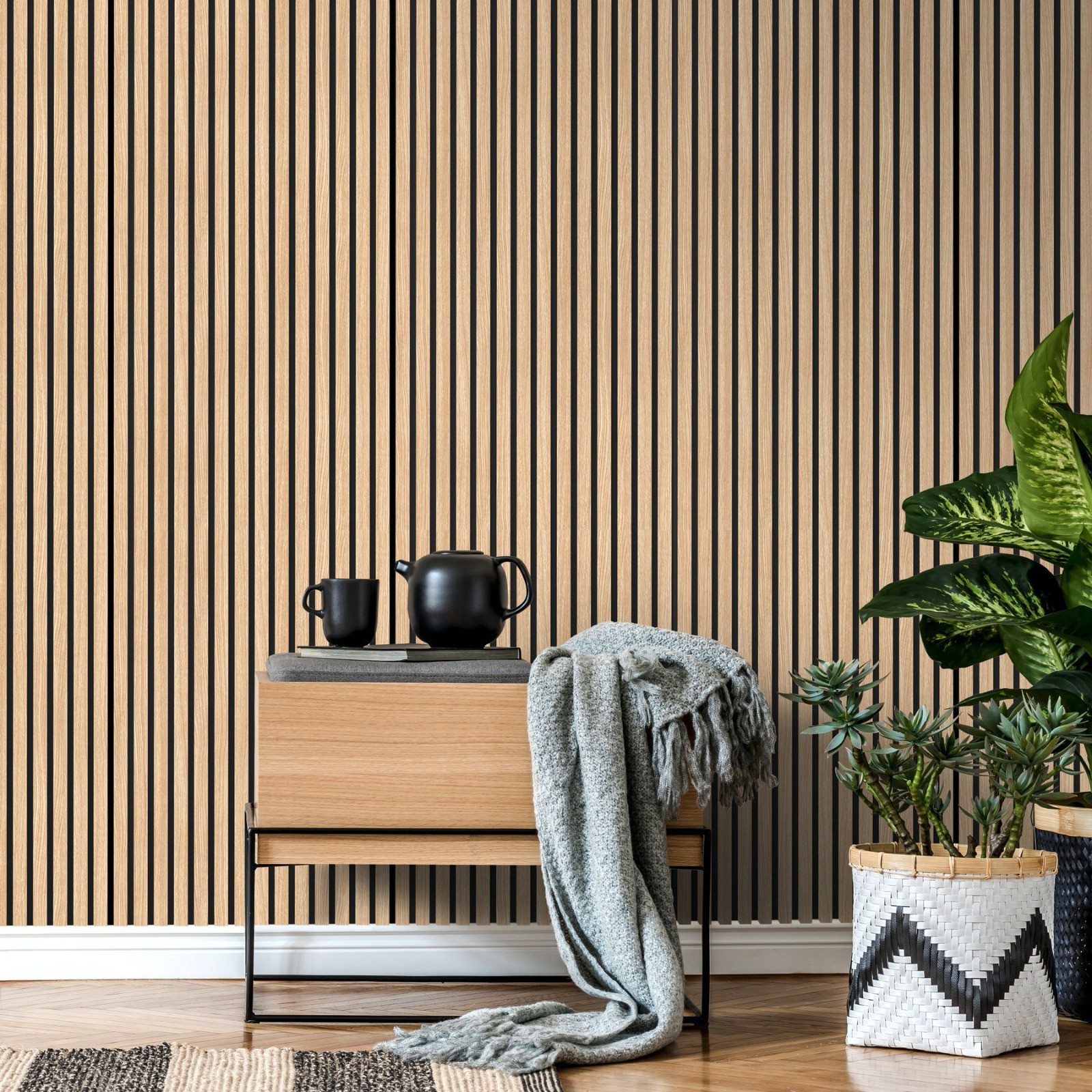If you’re looking to add a unique touch to your home or office, paneles para decorar paredes (wall panels) may be the perfect solution. As someone who has gone through various interior design updates, I can confidently say that wall panels can dramatically change the atmosphere of any room. In this article, we’ll explore the types of wall panels available, their benefits, installation tips, and much more. Let’s dive in!
What Are Wall Panels?
Wall panels are decorative sheets or boards that can be attached to walls to enhance their appearance. They come in various materials, colors, and styles, allowing homeowners to express their creativity and personal style. From wood to vinyl and beyond, there’s a wall panel for every aesthetic.
Benefits of Using Wall Panels
Before we explore the different types of wall panels available, let’s discuss some of the benefits of incorporating them into your space:

- Enhanced Aesthetics: Wall panels can instantly improve the visual appeal of any room.
- Sound Insulation: Certain materials provide excellent sound dampening properties.
- Easy Installation: Many options are designed for DIY enthusiasts.
- Durability: High-quality panels can withstand wear and tear better than traditional paint.
- Versatility: They can be used in various settings, from residential to commercial spaces.
Types of Wall Panels

Wall panels come in various types, each with its unique characteristics. Below is a comprehensive overview of the most popular options:
1. Wood Panels
Wood panels are timeless and add a natural warmth to any room. They can be stained or painted to match your decor.

Pros:
- High aesthetic appeal
- Good insulation properties
Cons:
- Can be pricey
- Requires maintenance
2. PVC Panels
PVC panels are lightweight, moisture-resistant, and easy to clean, making them a popular choice for kitchens and bathrooms.

Pros:
- Water-resistant
- Affordable
Cons:
- Less durable than wood
- Limited aesthetic options
3. MDF Panels
Medium Density Fiberboard (MDF) panels are an affordable alternative to solid wood. They can be easily painted or veneered.

Pros:
- Versatile design options
- Cost-effective
Cons:
- Not water-resistant
- Can be heavy
4. Fabric Panels
Fabric wall panels add texture and are excellent for sound absorption, making them ideal for media rooms.

Pros:
- Wide variety of fabrics and colors
- Good sound insulation
Cons:
- Can attract dust
- Requires regular cleaning
5. Acoustic Panels
Designed specifically for sound control, acoustic panels can transform a noisy space into a calm oasis.

Pros:
- Excellent sound absorption
- Available in various designs
Cons:
- Can be expensive
- May require professional installation
Comparison Table of Wall Panel Types
| Type | Durability | Water Resistance | Cost | Maintenance |
|---|---|---|---|---|
| Wood Panels | High | Low | High | Regular care needed |
| PVC Panels | Medium | High | Low | Low |
| MDF Panels | Medium | Low | Medium | Medium |
| Fabric Panels | Medium | Low | Medium | Regular cleaning needed |
| Acoustic Panels | Medium | Variable | High | Variable |
Choosing the Right Wall Panel for Your Space
When selecting wall panels, it’s essential to consider your specific needs and design goals. Here are a few tips to help you make an informed decision:
Consider the Purpose of the Space
What type of atmosphere are you trying to create? For instance, if it’s a home theater, acoustic panels may be the way to go. For a cozy living room, wood panels might suit you better.
Budget
Determine how much you’re willing to spend. There are options available for every budget, but it’s essential to balance cost with quality.
Maintenance
Some materials require more maintenance than others. If you’re not keen on regular upkeep, go for low-maintenance materials like PVC.
Style and Aesthetic
Ensure that the panels you choose complement your existing decor. Don’t hesitate to mix materials for a more eclectic look!
Installation Tips for Wall Panels
Installing wall panels can be a DIY project if you’re handy, or you can hire a professional if you prefer. Here are some tips for a successful installation:
Preparation Is Key
Before you start, prepare the wall surface by cleaning it thoroughly and repairing any damage. Make sure the wall is dry and smooth.
Gather Your Tools
Common tools you may need include a stud finder, level, measuring tape, saw, and adhesive or nails, depending on the panel type.
Follow Manufacturer Instructions
Always refer to the installation instructions provided by the manufacturer for the best results.
Start from the Bottom Up
Begin installing your panels from the bottom of the wall and work your way up. This method allows for easier alignment and leveling.
Maintaining Your Wall Panels
Once your wall panels are installed, keeping them looking great is essential. Here’s how to maintain different types of wall panels:
Wood Panels
Regularly dust them and apply a wood conditioner to maintain their shine.
PVC Panels
Wipe down with a damp cloth to remove stains and dirt.
MDF Panels
Clean with a damp cloth and avoid excess moisture.
Fabric Panels
Vacuum regularly to prevent dust build-up and spot clean as necessary.
Acoustic Panels
Follow the manufacturer’s cleaning instructions, as some may require special care.
FAQs About Wall Panels
What are the most popular materials for wall panels?
The most popular materials include wood, PVC, MDF, fabric, and acoustic materials. Each offers unique benefits and styles.
Can I install wall panels myself?
Yes, many wall panels are designed for DIY installation. However, if you’re unsure, hiring a professional is recommended.
Are wall panels eco-friendly?
Many manufacturers offer eco-friendly options, especially those made from recycled materials or sustainably sourced wood.
How do I choose the right color for my wall panels?
Select colors that complement your existing decor and consider the mood you want to create in the room.
Can wall panels improve energy efficiency?
Yes, certain types of wall panels, particularly those with insulating properties, can help improve energy efficiency in your home.
Conclusion
Incorporating paneles para decorar paredes into your space can lead to significant aesthetic improvements, enhanced functionality, and an overall more enjoyable environment. Whether you choose the warmth of wood, the practicality of PVC, or the sound-dampening qualities of acoustic panels, the right choice will elevate your home or workspace. I encourage you to explore various materials and styles to find what resonates with your style and meets your needs. Happy decorating!